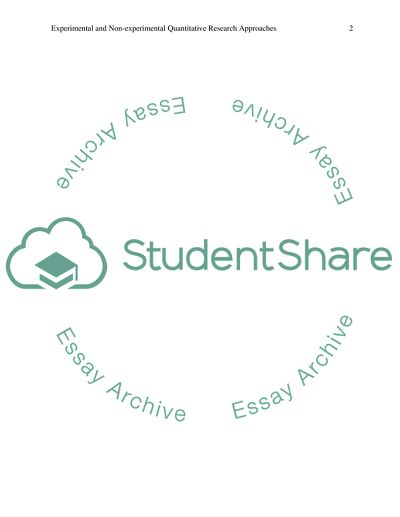Cite this document
(Experimental and Non-experimental Quantitative Research Approaches Assignment, n.d.)
Experimental and Non-experimental Quantitative Research Approaches Assignment. Retrieved from https://studentshare.org/education/1830307-question-1
Experimental and Non-experimental Quantitative Research Approaches Assignment. Retrieved from https://studentshare.org/education/1830307-question-1
(Experimental and Non-Experimental Quantitative Research Approaches Assignment)
Experimental and Non-Experimental Quantitative Research Approaches Assignment. https://studentshare.org/education/1830307-question-1.
Experimental and Non-Experimental Quantitative Research Approaches Assignment. https://studentshare.org/education/1830307-question-1.
“Experimental and Non-Experimental Quantitative Research Approaches Assignment”, n.d. https://studentshare.org/education/1830307-question-1.


